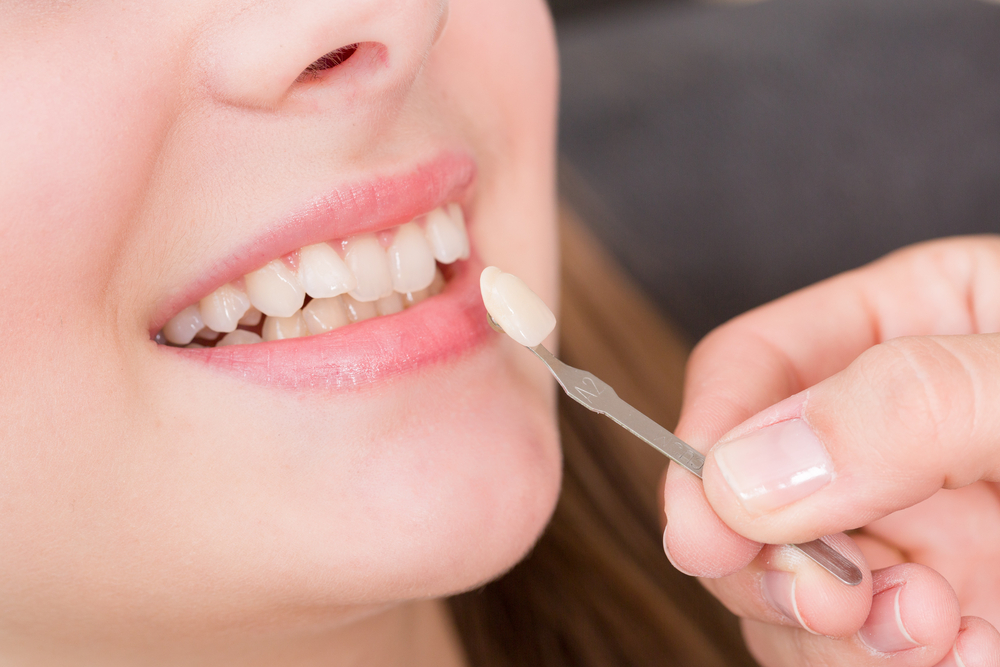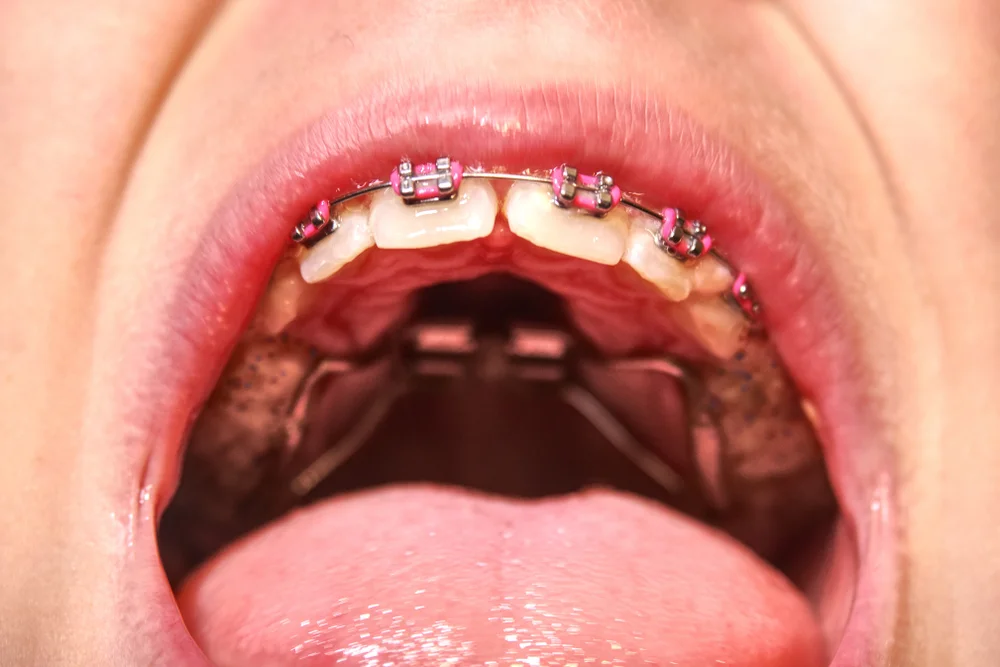Our teeth are not endlessly durable, so we need to give a high-care to maintain them. Sometimes, it may damage and wear and tear over time. The dentist will recommend a filling work in the case of severe wear and tear. Improper care causes various issues like cavities, tooth decay, bad taste in your mouth, and even permanent tooth loss. You can avoid costly and invasive teeth treatments by maintaining good oral health.
A temporary filling is a treatment that helps you restore a damaged tooth. These will not last long, and it is a semi-permanent solution. Here, we can discuss the types and durability of temporary tooth filling and the care needed for temporary tooth filling.
Temporary Tooth Filling: What Are The Different Types Of Fillings?
Before that, find out why you need a temporary filling.
If you have any issues like decay, a break, or a chip, you may lead to a tooth filling.
Some vital signs that you may need a filling are
- Tooth sensitivity while consuming cold and hot food or drink
- A visible black hole in any of your tooth
- A general toothache
- Difficulty while flossing due to shredding
Generally, the dentist uses five materials to fill in the space formed by a cavity. They are
Zinc oxide-eugenol
Our gum tissue tolerates this filling more than other usual dental materials. This filling alleviates pain and is bacteriostatic and antiseptic. Dentists use this conventional zinc oxide-eugenol cement as temporary fixing contents for gingival dressings and filling materials as impression materials. Recently, a new introduction is ‘reinforced zinc oxide eugenol cement’ and cement containing ethoxy benzoic acid (EBA). This formulation with mechanical properties has applications in cement bases, indirect capping, and long-term temporary fillings.
Cavit
Cavit is a popular temporary dental filling material. It contains zinc oxide, zinc sulfate, calcium sulfate, glycol acetate, polyvinyl acetate, triethanolamine, polyvinyl chloride-acetate, and red pigment, but no eugenol. Saliva initiates the setting reaction. The reaction of water with calcium sulfate and zinc oxide-zinc sulfate produces the set.
Glass ionomer fillings
This glass-and-acrylic filling is more recommendable for children whose teeth are still changing. In this type, they release fluoride to a particular place, which protects a tooth from further decay.
This filling will last only for a year since they are weaker than composite resin. Glass ionomer will not match our natural tooth color as precisely as composite resin.
In addition to this, some other temporary dental filling materials are zinc phosphate cement and intermediate restorative materials.
Does The Temporary Tooth Filling Hurt?
Placing a temporary filling is a fast and painless process, and you can come out of the clinic within 30-40 minutes. Your dentist numbs the particular area to reduce the risk of pain or minor discomfort.
To know more about it, understand every step involved in putting a temporary filling.
- As the initial step, your dentist numbs your teeth, gums, and other surrounding area using a numbing agent.
- Then they use a drill to remove any decay and perform a root canal or another dental procedure if necessary.
- Next, your dentist mixes the filling agent and presses the material into the cavity hole. They spread it to all the tooth corners and add more material until the cavity becomes filled.
They smooth out all the excess material and shape the tooth as the final step. Getting a temporary filling for dental crowns or caps may have some additional steps.
Does The Temporary Tooth Filling Need Care?
If you are using temporary tooth filling, you will have to show special care to keep it in place until your next dental visit. Follow these easy tips to keep your temporary filling in good healthy condition.
Give importance to eating habits
Your dentist will give you a specified set of instructions to care for your filling based on where it is in your mouth. Try to chew your food only on the other side of your mouth that is filling-free. It is difficult to remember that often. But do this to keep food and another particle away from the affected site. If you have fillings on both sides of your mouth, try to eat soft foods. Avoid hard, crunchy, sticky, and chewy candies like nuts after dental work.
Give importance to your hygiene routine
Proper hygiene routine at home is another area of concern when you have a temporary filling. Caring for a temporary filling is the same as caring for your natural teeth. Brushing your temporary filling is necessary. Use a soft-bristled toothbrush and brush your teeth softly for at least two minutes. But ensure that you have removed all dental bacteria and plaque from your mouth. Flossing with temporary filling can be a little tedious. If you have a filling near the edge of any tooth, you need to show extra attention when you floss. Otherwise, there are more possibilities of accidentally dislodging the filling.
Are There Any Future Consequences With Temporary Tooth Filling?
You may notice some complications after temporary dental fillings. They are
- Sudden sensitivity to hot and cold food
Do not eat high-temperature or cold foods until your mouth adjusts to the filling to avoid sensitivity.
- You may feel pain while biting.
Do not bite or chew foods like nuts, ice, etc., to avoid this unwanted pain. You can eat soft foods like oatmeal or mashed potatoes until the pain resides. You may take 1-3 weeks to feel completely comfortable with the filling.
Uses of temporary fillings
Patients can resume their normal activities like eating, drinking, and talking after temporary filling until a replacement. Following are the uses of temporary tooth filling.
- Pain management: Some patients feel toothache from a cavity or a cracked or lost filling. They visit a dentist for emergency pain relief. A dentist will do a temporary filling after cleaning if they do not have time to complete the entire process in a day.
- Temporary crown: A temporary filling may help you if you have any damage or crack on the crown cap. A temporary crown plays a vital role in root canal treatment too. As an initial step, your dentist removes all infected and decayed tissue. Then he removes all nerves and blood vessels from the core. Designing a permanent crown will take a few weeks. Your dentist will fit a temporary filling into the tooth to cover that particular interval.
- Nerve sensitivity: If there is a high sensitivity or pain in the exposed nerve from a cavity, a sedative filling desensitizes your tooth and gives much-needed pain relief.
Conclusion
Temporary fillings are not like traditional fillings, meaning you cannot continue your usual eating and drinking habits for a prolonged period with this. How long temporary filling lasts varies from person to person. The durability depends on the material used, eating habits, trauma to your tooth, dental hygiene, teeth grinding habits, and decay around the filling. Generally, dental fillings last for at least ten years or more. Some restorations last much longer than ten years. It heavily depends on the type of filler material and your care routine.









